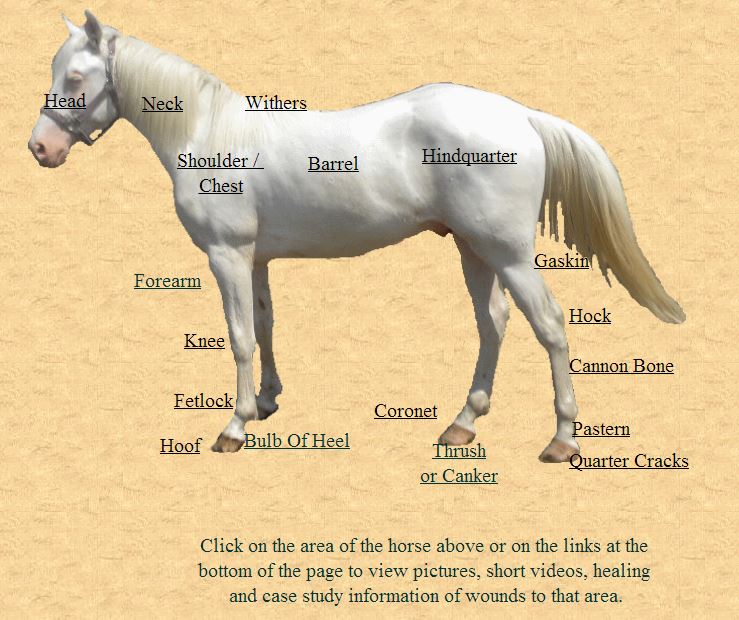Adhesion – ad·he·sion – A condition in which bodily tissues that are normally separate grow together. A
fibrous band of scar tissue that binds together normally separate anatomical structures.
Amniotic Sac – am·ni·o tic – A thin, tough, membranous sac that encloses the embryo or fetus of a
mammal, bird, or reptile. It is filled with a serous fluid in which the embryo is suspended.
Avascular necrotic bone – a·vas·cu·lar – ne·cro·tic – Not associated with or supplied by blood vessels. – Death
of cells or tissues through injury or disease, especially in a localized area of the body. Failure of tissues to
adhere correctly to the bone.
Catastrophic – cat·a·stroph·ic -Involving or resulting in substantial, often ruinous medical expense: a
catastrophic illness.
Suture – su·ture – The fine thread or other material used surgically to close a wound or join tissues.
Cellulitis – cel·lu·li·tis – A spreading inflammation of subcutaneous or connective tissue.
Debride – To remove debris, non-beneficial tissue, etc.
De-gloving – The peeling away of the skin and subcutaneous layer in an injury.
Epithelial border – ep·i·the·li·al – Membranous tissue composed of one or more layers of cells separated by
very little intercellular substance and forming the covering of most internal and external surfaces of the
body and its organs. The epithelial border is this tissue development along the outer edge of a wound.
Granulation bed – gran·u·la·tion – Small, fleshy, beadlike protuberances, consisting of outgrowths of new
capillaries, on the surface of a wound that is healing. Also called granulation tissue.
Laceration – lac·er·a·tion – A jagged wound or cut.
Lamina – lam·i·na – A thin scalelike or platelike structure, as one of the thin layers of sensitive vascular
tissue in the hoof of a horse
Macrophage – mac·ro·phage – Any of the large phagocytic cells of the reticuloendothelial system.
Neutrophil – neu·tro·phil – A neutrophil cell, especially an abundant type of granular white blood cell that
is highly destructive of microorganisms
Occlusive – oc·clu sive – To cause to become closed; obstruct: occlude an artery. To prevent the passage of:
occlude light; occlude the flow of blood. Chemistry To absorb or adsorb and retain (a substance).
Placental tissue – pla·cen·tal – A membranous vascular organ that develops in female mammals during
pregnancy, lining the uterine wall and partially enveloping the fetus, to which it is attached by the
umbilical cord. Following birth, the placenta is expelled.
Purulent – pu·ru·lent – Containing, discharging, or causing the production of pus: a purulent infection.
Purulent discharge.
Viable – vi·a·ble – Capable of living, developing, or germinating under favorable conditions.
Dr. David G. Jolly, DVM stepaheadfarm@yahoo.com – (501) 844-5050

